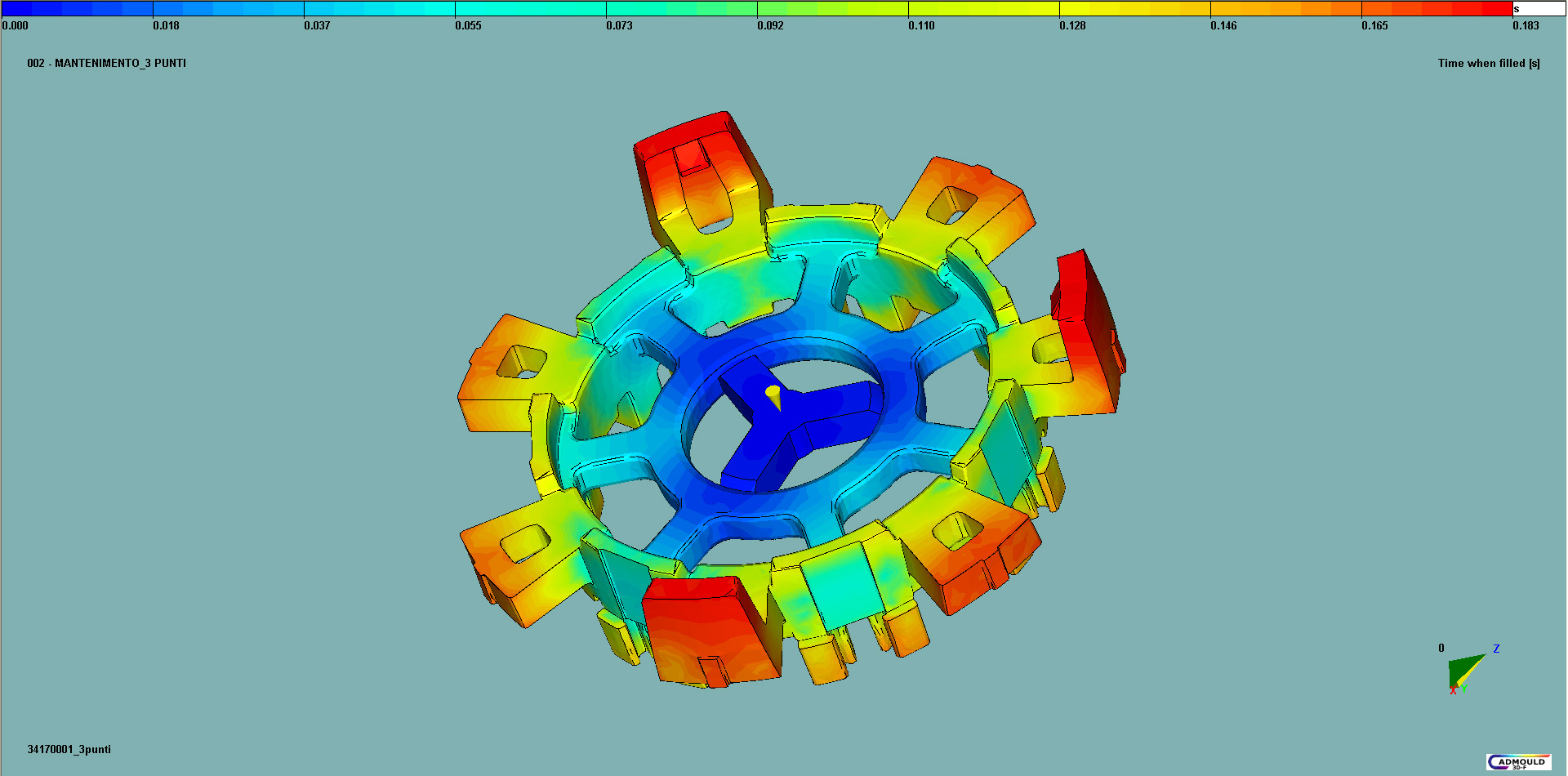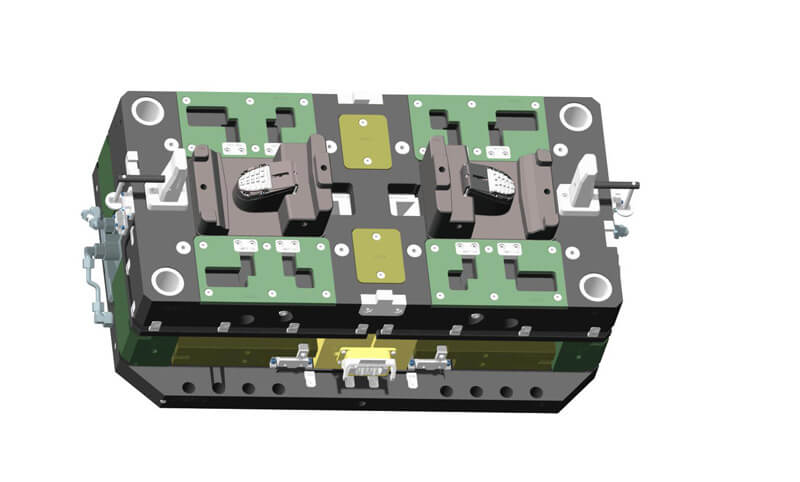

An important first step, in order to develop an offer aligned with Customer needs, consists of an initial assessment in terms of time to market, production volumes and lead-time.
Depending on the Customer requests and project complexity, advancement steps can include the following steps:
Our Engineering Department combines high theoretical knowledge on the design criteria of plastic materials with in-depth expertise and experience in the design and industrialization of complex technical and aesthetic components.
To maximize the outcome of the project, we work in co-design with Customers and collaborate with Suppliers, following the progress of the project with a dedicated Project Management function from early confirmation of the offer to product validation.
After part design is validated, mold development is initiated through:
We are committed in offering a Taylor-made engineering service to our Customers able to address a wide range of preliminary project requirements:
- Carbon Footprint reduction
- Dimensional stability
- Centesimal geometric and dimensional tolerances
- Mechanical resistance
- Thermal resistance from -40 to 210 °C in air, up to 110 °C in water, up to 100 °C in oil
- Resistance to chemical and atmospheric agents (Aging)
- Hydrolysis / glycol resistance
- Low friction coefficient, abrasion resistance and lubrication (Tribology)
- Slipping Creep Flow
- Shielding electromagnetic waves (Faraday Cage)
- Weight reduction
- Overall dimensions reduction
- Joining plastic with metal pieces
- Transparency
- Food-safe and non-toxicity requirements
- Flame retardancy and self-extinguishment (UL94 from HB to 5VA)
- Insert molding of metal, plastic, fabric components
- Design constraints
- Cost and lead-time reduction
- Compliance with industry regulations and relative proof and approval tests.
In relation to production and sectoral diversification, GHEPI uses a wide range of thermoplastic polymers from commodities to polymers for engineering applications.
The selection of materials is a crucial step for the development of the project and the achievement of the results. GHEPI carries it out with technical-scientific criteria, thanks to in-depth know-how, expertise and collaboration with its Suppliers.
The materials used are often compounds, formulations made up of the polymer matrix and specific reinforcements, fillers or functional additives to meet the requirements and performance of the application to be developed.




Ghepi is certified:

Ghepi is certified:
